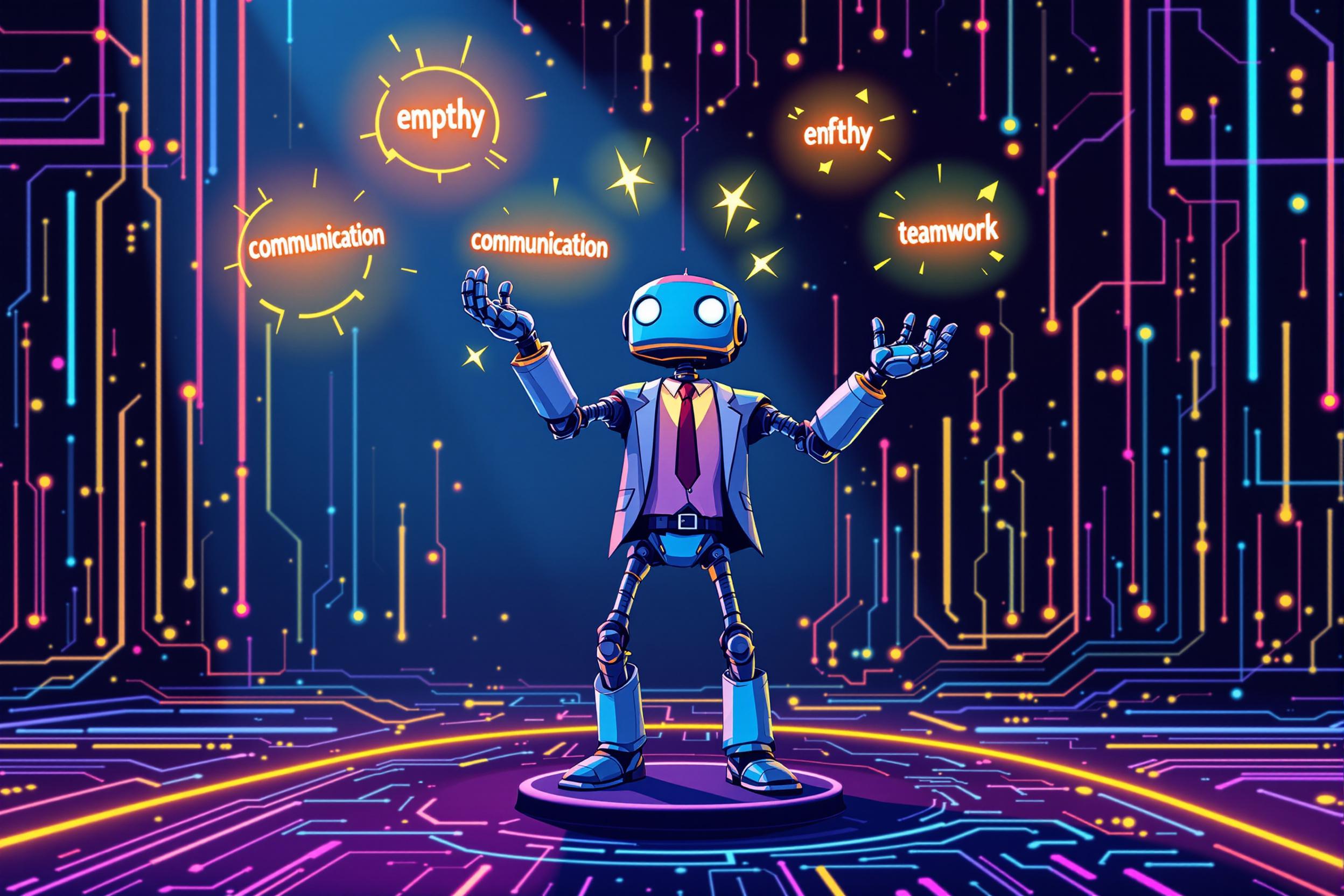
Gameplay Programming
Gameplay Programming is the core part of making video games that focuses on how players interact with the game world. It's like creating the rules and mechanics that make a game fun to play. Gameplay programmers write code that controls things like how characters move, how scoring works, or what happens when players complete tasks. Think of them as the people who turn game designers' creative ideas into working features that players can actually use. This is different from other game development roles like graphics programming or sound design, as gameplay programming specifically deals with the interactive elements that make up the actual game experience.
Examples in Resumes
Developed player movement and combat systems as Gameplay Programmer for action-adventure game
Led Gameplay Programming team in creating AI behavior systems for NPCs
Implemented Game Programming features including inventory system and quest tracking
Created interactive puzzle mechanics as Gameplay Systems Programmer
Typical job title: "Gameplay Programmers"
Also try searching for:
Where to Find Gameplay Programmers
Online Communities
Job Boards
Events & Conferences
Professional Networks
Example Interview Questions
Senior Level Questions
Q: How would you approach optimizing a complex game feature that's causing performance issues?
Expected Answer: A senior gameplay programmer should discuss methods like profiling to find bottlenecks, understanding trade-offs between visual quality and performance, and experience with optimizing similar systems in past projects. They should mention practical examples from their work.
Q: How do you manage a large gameplay codebase and ensure code quality across a team?
Expected Answer: Should discuss experience with organizing game features, mentoring junior programmers, code review processes, and maintaining coding standards. Should include examples of successfully managing large game projects.
Mid Level Questions
Q: Can you explain how you would implement a basic inventory system in a game?
Expected Answer: Should be able to explain the basic components like item storage, user interface interaction, and saving/loading items. Should demonstrate understanding of player experience considerations.
Q: How would you implement basic enemy AI behavior in a game?
Expected Answer: Should explain concepts like state machines for enemy behavior, pathfinding, and simple decision making. Should show understanding of making AI feel fair and fun for players.
Junior Level Questions
Q: What is a game loop and why is it important?
Expected Answer: Should be able to explain that a game loop is the basic cycle of updating game state and drawing to the screen, and why this is fundamental to how games work.
Q: How would you make a character jump in a game?
Expected Answer: Should be able to describe basic physics concepts like gravity and velocity in simple terms, and how to create a satisfying jump feel for players.
Experience Level Indicators
Junior (0-2 years)
- Basic game mechanics implementation
- Simple character movement and controls
- Understanding of game engines like Unity or Unreal
- Basic physics and collision detection
Mid (2-5 years)
- Complex game systems implementation
- AI behavior programming
- Multiplayer gameplay features
- Game performance optimization
Senior (5+ years)
- Advanced gameplay architecture design
- Team leadership and mentoring
- Complex game systems optimization
- Technical design decision making
Red Flags to Watch For
- No experience with any major game engines
- No completed game projects to show
- Lack of understanding of basic game physics and mathematics
- No knowledge of performance optimization for games




